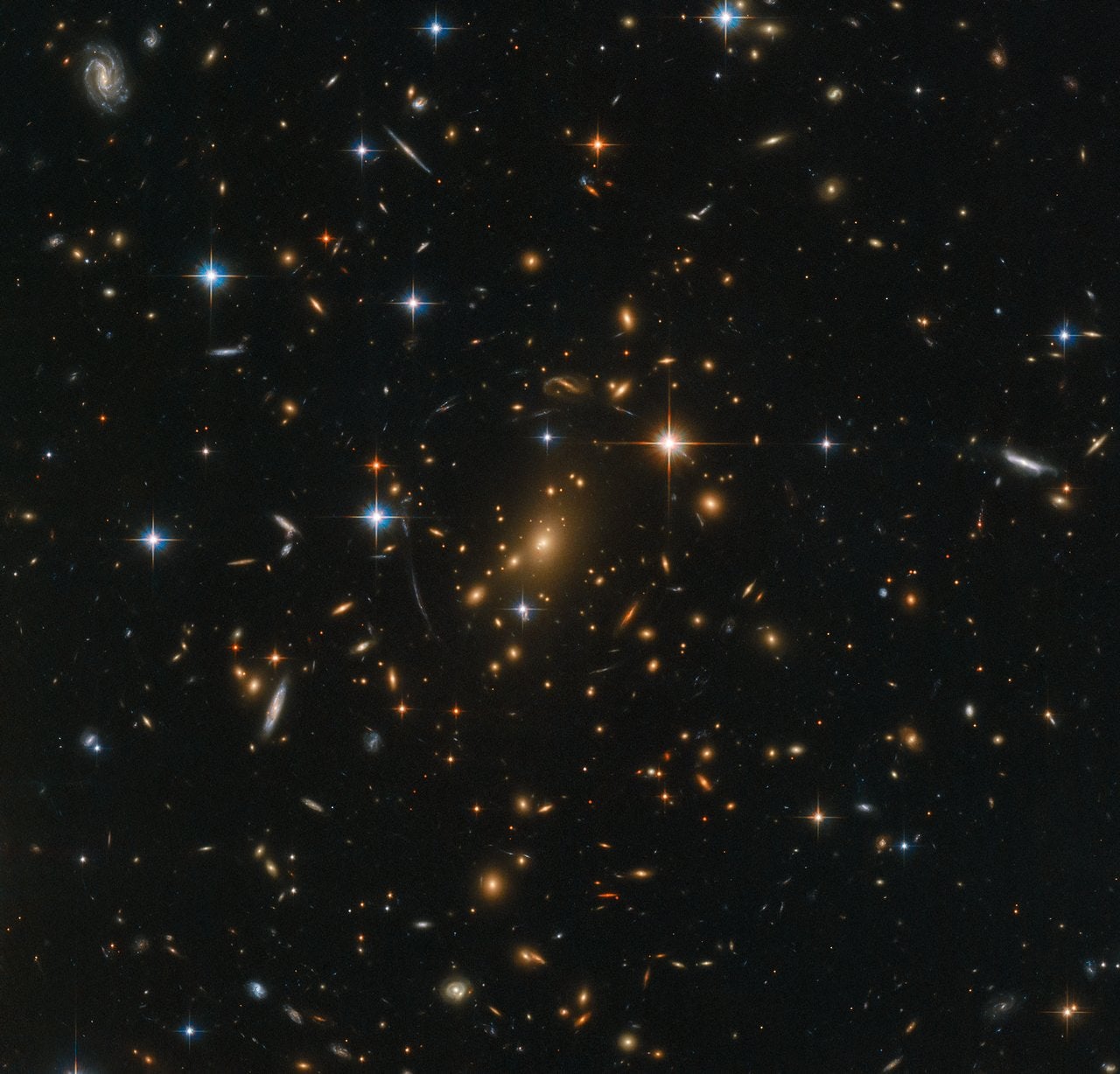The observable universe can be measured — but there could be a lot more space out there than what we can observe.

The massive galaxy cluster RXC J0142.9+4438 is seen in this image taken by the Hubble Space Telescope. Credit: ESA/Hubble & NASA, RELICS
Just how large is the universe? The short answer is 93 billion light-years — at least.
That 93 billion light-year number refers to what astronomers call the observable universe, and it extends about 46.5 billion light-years in every direction from us.
Now that might seem paradoxical — the universe is only 13.8 billion years old. If nothing can travel faster than the speed of light, how could the universe be larger than 13.8 billion light-years? The answer is that space itself is expanding over time.
But the universe could in fact be much bigger than that. Much depends on the shape of the universe. If it’s geometry happens to be perfectly flat, it could continue to expand without end, making it effectively infinite.
Follow Astronomy magazine, the world’s best-selling astronomy magazine:
🌎 Website: https://astronomy.com
📖 Subscribe: http://subscribe.astronomy.com
📘 Facebook: https://www.facebook.com/AstronomyMagazine
📸 Instagram: https://instagram.com/astronomy.magazine
🐦 Twitter: https://twitter.com/AstronomyMag
Shop Celestron telescopes:
🔭 Website: https://celestron.com
Follow Dave Eicher:
📘 Facebook: https://www.facebook.com/davidjohneicher
📸 Instagram: https://instagram.com/eicher.david
🐦 Twitter: https://twitter.com/deicherstar

